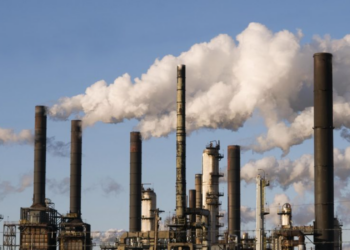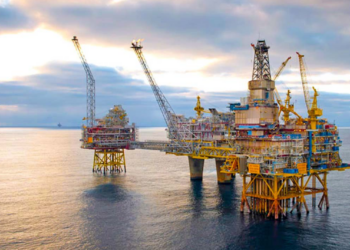The industrial goods sector faced a challenging August, ending the month with a significant decline of 13% month-to-date.
This downturn comes in stark contrast to other sectors, which closed the month positively.
In July, the industrial goods index had already shown signs of weakness, ending the month down 5.6% compared to its closing level in June, with a trading volume of 340 million shares.
This decline mirrored the broader selling pressure observed in the All-Share Index (ASI) and continued into August.
By the last trading day of August, the industrial goods index had plunged 13%, marking a continuation of the downward trend as selling pressure persisted in the financial markets.
What You Need to Know
- While the industrial goods sector struggled, other sectors recorded gains in August. The oil and gas sector were the standout performer, rising by 22.39%, driven by strong buy pressure in large-cap stocks such as Oando.
- The insurance sector also saw a significant uptick, ending August up by 11.46% from July’s close. Meanwhile, the banking and consumer goods sectors experienced more modest gains, climbing by 6.96% and 4.30%, respectively.
The industrial goods index had a robust start to the year, surging by 107.9% in January as market participants sought dividend-paying large-cap stocks within the sector.
However, this strong performance was short-lived, with the sector seeing a sharp decline in February. The selling pressure that began then continued into the following months, culminating in a challenging August.
Despite the overall decline in the industrial goods sector, some stocks managed to end the month in positive territory.
- Berger Paints led the gains, climbing 5.93%, followed by Cutix at 4.58% and Lafarge Africa at 2.17%.
- However, large-cap stocks such as Dangote Cement and BUA Cement saw declines, contributing to the sector’s overall negative performance.
Analyst Insights
Mustapha Alao, an analyst featured on Channel’s Capital Markets TV show, noted that the industrial goods sector was a major drag on the All-Share Index.
He highlighted the sector’s bearish impact, stating, “The industrial bus fell by 1.22% this week, but it would have been worse without the significant gain in the oil and gas sector that gained by 22.3%. The industrial goods sector exerted a large drag.” Alao also mentioned that the ASI was beginning to find strength due to heavy buy pressure in the oil and gas sectors.
Looking ahead, the industrial goods sector in 2024 is expected to continue feeling the effects of the ongoing currency devaluation and high inflation in the country, which have been contributing factors to the sector’s recent underperformance.
As market dynamics evolve, stakeholders will be closely watching for any signs of recovery or further decline in this pivotal sector.


























